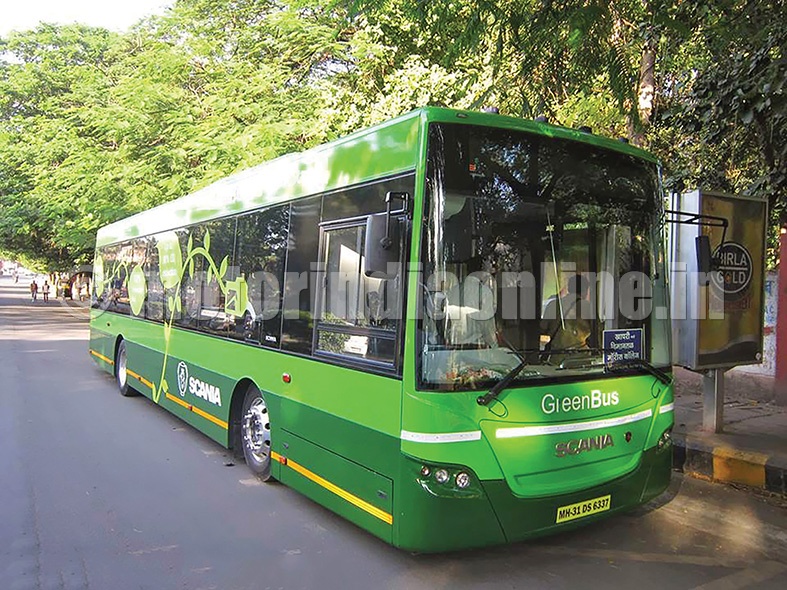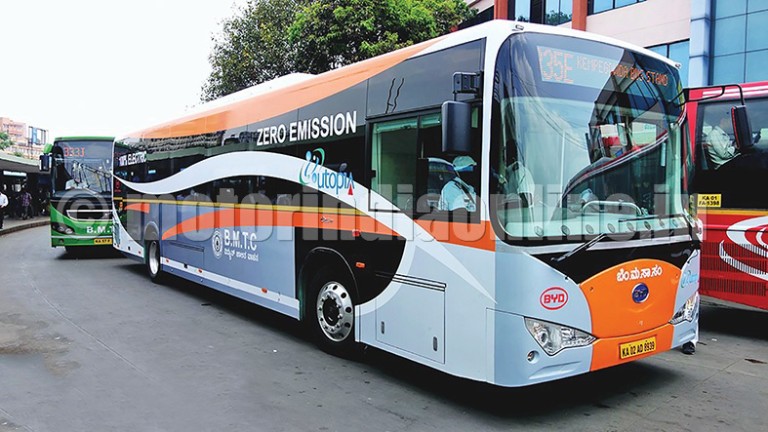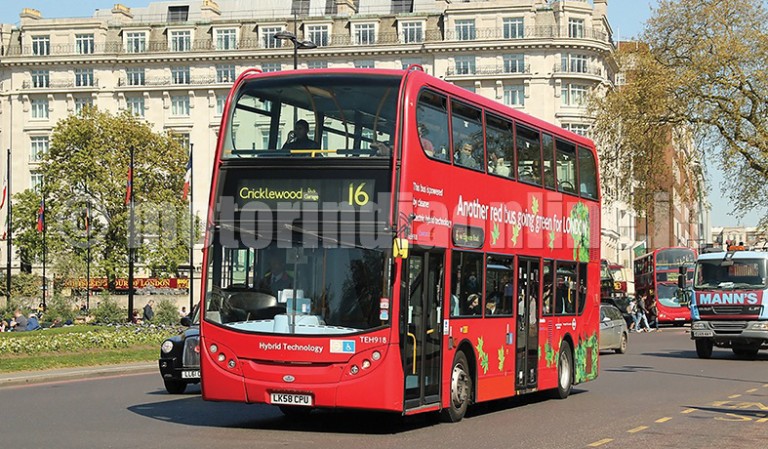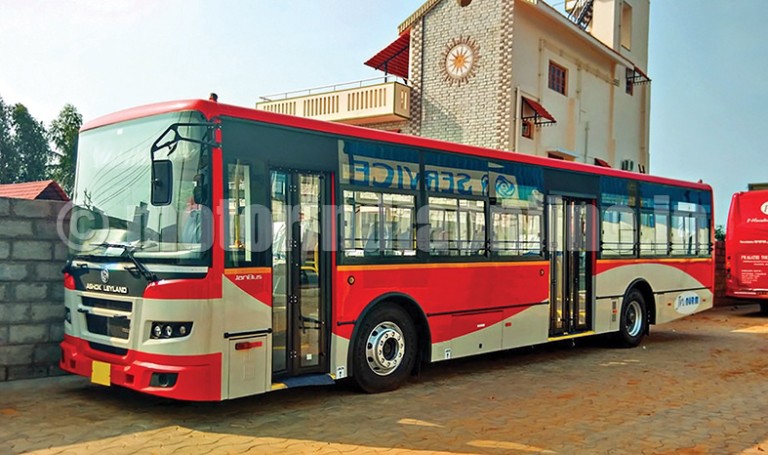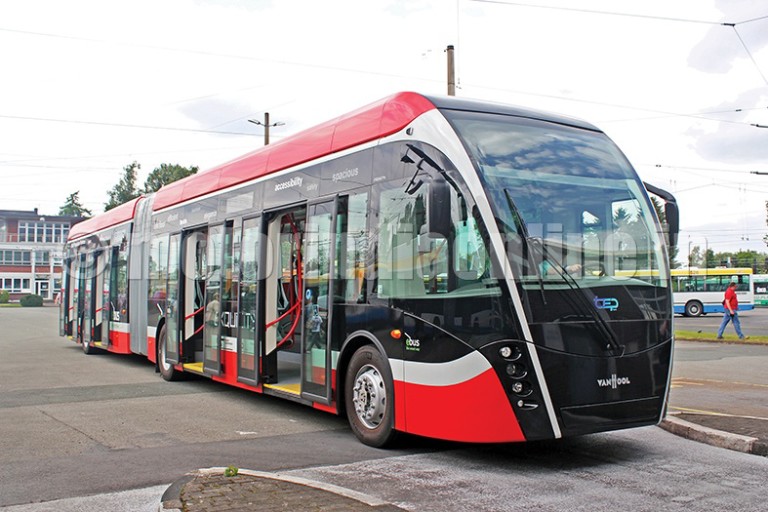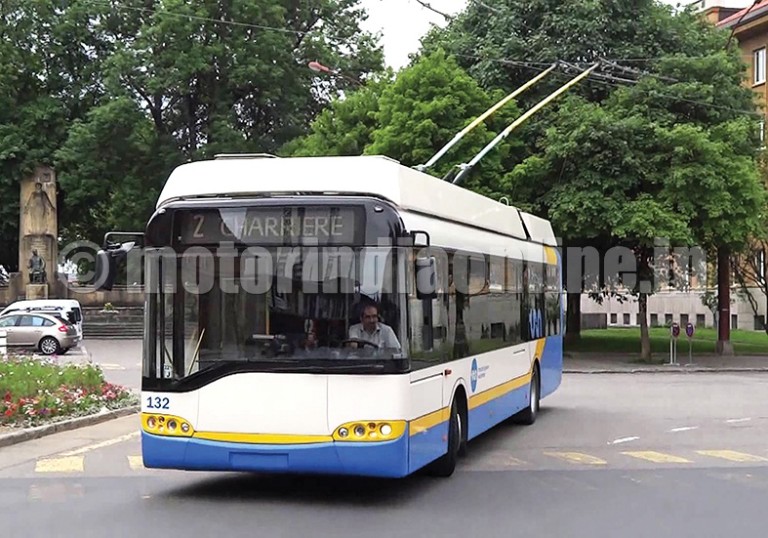India many times follows West for the technology and we are always fast adopting them as well. Many times, this was in favour and was quite time saving interms of not necessarily reinventing the wheel and there is no second thought about. But still there are some views of Indianising some technology rightly adopting for Indian context and providing the best of both worlds. And many times we have successfully demonstrated that as well. This article tries to identify few of such global technologies where india can play its role in adopting to it to suit the local taste and requirements.
Biofuel – Futuristic fuel for India:
When we broadly look at fuels for buses in India, initially it was diesel, and later it was alternate fossil fuels like Compressed Natural Gases. It was during later 90’s Ashok Leyland introduced CNG powered buses and we now most Indian manufacturers have an option of CNG in their portfolio for select application. We are proud enough to adopt this alternate fuel largely in many metro cities and DTC claims the largest fleet if CNG powered buses in World. But still the availability is a challenge and makes it very tough to scale up in a larger manner.
However, there isn’t much progress in the alternative fuel front, including CNG, mainly due to the unavailability of CNG in most cities which has left only the NCR region, with its plentiful CNG resource, with a major share of the country’s CNG vehicle population.
In this context we would like to draw attention towards Bio-ethanol as alternate fuel for buses. This still is not a completely alternate fuel but largely will reduce the requirement level of diesels. Bio- ethanol is basically a blend of Diesel and Ethanol upto 10% or 15%.Trials for buses with ethanol blend were done in cities like Bengaluru, but for unknown reasons they didn’t continue. TSRTC is now a large STU who is now trying out Bio-Ethanol in a large scale and may be the first STU to have such a large fuel of Bio-Ethanol in India. This is really promising and GoI shall also encourage such initiatives in the state level bu providing adequate fuel supply and production base. Not to mention that India is an agricultural country which does have resources for ethanol.
Ethanol powered Buses:
We haven’t heard of completely Ethanol powered bus in India before. It was Scania after many years, has brought a ethanol-powered bus and is successfully on trial run in Nagpur, thanks to the special initiative from Scania. But the problem is no other manufacture has this technology nor demonstrated Ethanol powered buses in India. Also GoI is almost muted with regard to this and because of this Indian manufacturers are little away from it still. When we look at pollution and expecting a radical change in the pollution level its not necessary that we need to jump direly into full electric buses claiming that they are best available alternate mode to reduce pollution. Ethanol is still a viable source with reduces cost and still makes it as practical to run as diesel. Electric coaches are still a distant reality and its only recently BYD have shown a concept in Paris. But if its Ethanol is available in plenty we can still look at green transportation in most affordable way. Its only GoI should indicate the way forward for it.
Regular floor Electric bus:
This year’s Busworld was all about electric buses. With almost every major manufacturer having options for electric buses, the range now extends up to 18m articulated buses and double-decker buses. India seems completely missing here as we have just started looking at the electric route. The journey planned is good, as investing in electric buses can reduce fuel import to a considerable extent.
We speak about Smart cities, and this is the right time to invest in the electrification of public road transport. Though electric buses are branded as future technology, silent and greener, the actual problem with them is the cost of acquisition. There are very few manufactures making the support system for them, and fewer still are ready to invest in them mainly because of the cost involved. It’s claimed that in the cost of such buses is almost 3 to 3.5 times that of premium low-entry city buses.
BYD of China is now almost a leader in electric buses, and is one among the very few companies having the so-called “Intel inside” technology – batteries, motors and controllers and making them run successfully as electric buses. The company demonstrated its technology in Bengaluru with a few trial runs with BMTC. Of course, the trial runs were successful with absolutely zero tail-pipe emission but the huge acquisition cost of the bus remains the only challenge. In fact this was discussed even during our interaction with the Managing Director of BMTC, when we learnt that the project was shelved only because of the cost involved.
The cost barrier is not an India-specific problem. China and several European nations too have such full electric heavy duty buses in operation. This is possible only with Government subsidy and other incentive schemes for which a route-based and city-based indigenous approach could be followed to keep the cost under control.
In India we have plenty of floor option for buses. We still have 1150mm floor height, 3 step entry buses, 900mm 2 step entry buses, single step entry 650mm floor height buses and finally 400mm ultra low entry buses. Though we have so many platforms, electrification has happened only in 400mm floor hright buses. The low-floor (LF) buses come at double the cost of regular floor buses, electrification has means a further doubling of the cost. This means the acquisition cost of electric buses is four times that of regular diesel buses, which makes it practically unviable. Even in the recently concluded Auto Expo 2016 at NewDelhi, we have seen both Ashokleyland and Tata motors displaying Hybrid products in the low entry platforms only.
A sensible solution here should be electric options in other platforms as well. Means electric buses can still be available as a option in a three step entry bus as well as low floor buses. The problem is UBS now mandates use of low floor buses for cities with population more than 1 million. due to this any new development in electric or even hybrid electric is done in low entry platform only. Instead of running low floor buses to give advantage of easy alighting and bording for passengers, the sensible way is to raise the platform height which should favour boarding and alighting. A city like Coimbatore hardly have a 250 to 300 bus stops and with a cost of one low entry electric bus entire city can be made compatible for regular floor buses. The underlining point is to reduce cost of travel for passengers bus still offering them the convenient mode of travel.
When Ahmedabad Janmarg Ltd. (AJL) developed the right method to implement BRTS with a 900 mm floor height buses, making it a cheapest and easy adoption of BRTS system, the success should speak something and should definitely be carried forward with the indigenous bus transport system. The final verdict here is it is possible to bring in a low-cost electric bus platform that would actually trigger a revolution sparked off by India for the Indian market, rather than simply going by what is being done in the western world.
Success of front-engine buses
India is unique and at times, the technologies which are considered obsolete globally have remained successful in the Indian context. One such technology is front-engine buses. Buses were originally invented as front-engine vehicles and though most parts of the globe have completely moved towards rear-engine buses, most buses in India continue to have the engine at the front thanks to advantages such as cost competitiveness, ease of maintenance, additional saloon space, etc.
In fact, when front-engine buses were phased out globally, a front engine bus in a semi low floor configuration was not available anywhere. Out came Ashok Leyland when it introduced the JanBus, showing the world that such concepts can actually be engineered, designed and developed into a successful product which runs like any other bus. What started at a floor height of 900 mm, has now been lowered by one more step to a height of 650 mm, yet retaining all the advantages of the front-engine configuration.
While front-engine buses are far more cost-effective than rear-engine ones, solutions like the JanBus are perfectly suited for markets like India where even the regular purchase of buses continue to be funded and subsidized by the government.
Bi-articulated buses is one category which has seen good success in some parts of the world and deserves attention, though there has hardly been any response from vehicle manufacturers for the idea in India, mainly owing to the lack of infrastructure and uncertainly about the market acceptance for the concept. As seen from examples such as Bogota in South America and many other cities across the globe, articulated and bi-articulated buses provide an excellent solution for BRT systems. So large scale high capacity buses in the front engine version shall be thought of and with a electric or hybrid powertrain option, which should naturally be cost effective and be attractive for people to travel and ticket cost should be less as infrastructure cost is less. Not to mention that front engine buses can carry more passengers due to relatively large floor area for a given floor height.
Tram and trolley buses
Tram buses are another interesting option. We had the chance to travel in the Vanhool ExquiCity tram bus which was operated as a free shuttle service between the Expo Centre and Kortrijk city during Busworld last year. Tram buses are basically hybrid vehicles with the width of a tram, at around 2.2m and have a small 4-cylinder diesel engine coupled with an alternator which generates power to propel the bus through a motor.
Being electric-powered the inherent nature of static torque available in the motors gives it very good acceleration which means such vehicles would comfortably clear the UBS II mandate for an acceleration parameter of 0.9 m/s sq. for premium buses. The acceleration parameter can be increased while going for electric/hybrid mode of propulsion, which would in turn help reduce congestion and turnaround time. Also, for an acceleration parameter of 0.8 m/s sq., the average hp of city buses is around 200 hp at present. So, when the acceleration is increased, the engine hp is further raised, making the vehicle guzzle more fuel which lowers the fuel efficiency. This is another issue which can be easily overcome when a hybrid solution is considered.
Also, a proper feasibility study for ‘trolley buses’ should be done before coming to a conclusion that the concept is not viable. Though it is a century-old technology which can be operated only in selected routes and despite the fact that trolley buses are of limited numbers worldwide, the concept can be implemented if deemed suitable for a particular location for specific applications.
What we would like to conclude is that, any new technology should be affordable for the passenger and passenger and should reach the mass market at the lowest possible cost per km involved. It is certainly wise to draw inspiration from the global arena where the bus and coach technology is moving fast, but for markets like India, a local touch is needed so that the solution can make more people switch to public transport and make best use of the available transport system. At the end of the day, a technology can be considered a success only if it reaches and appeals to the right audience at the right cost.
